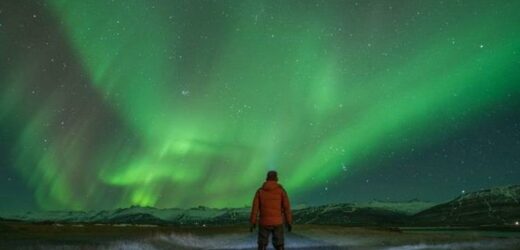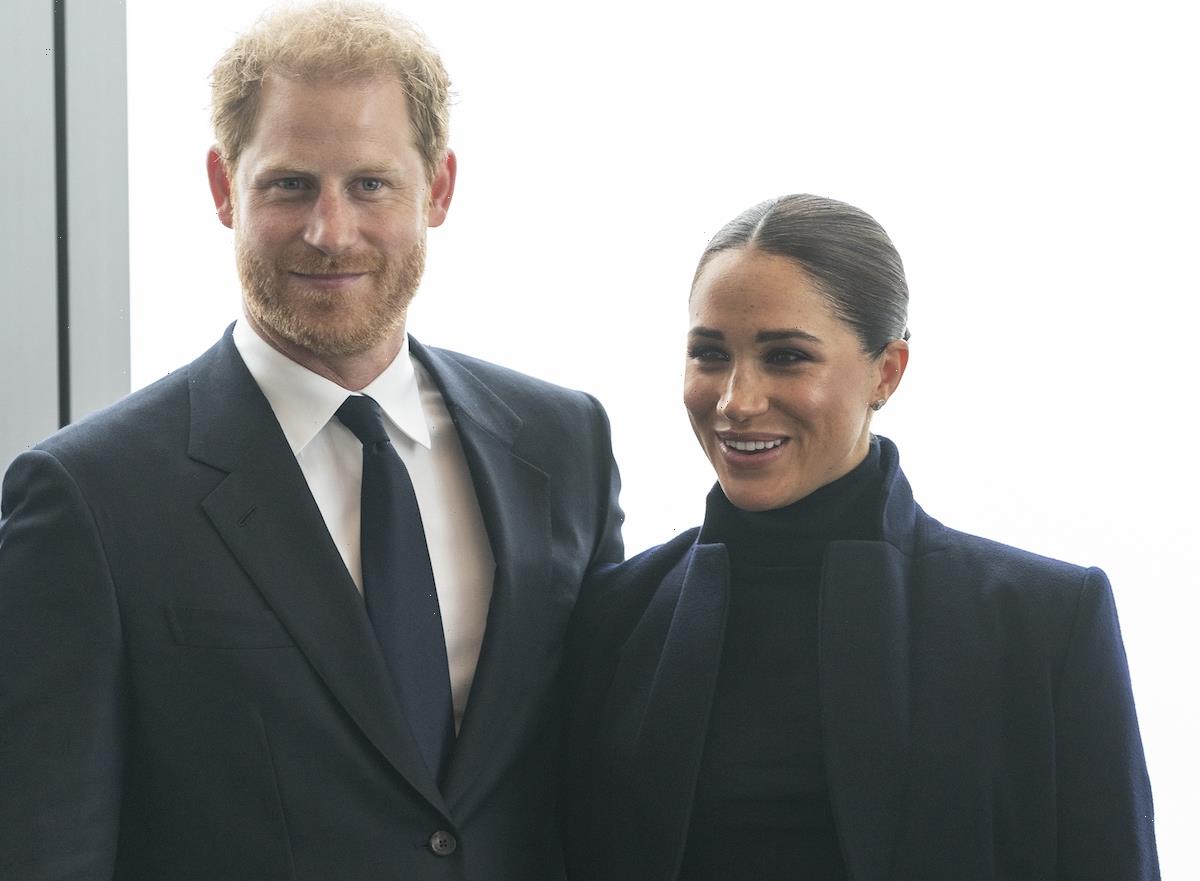Carol Kirkwood reveals where you 'might see Northern Lights tonight'
We use your sign-up to provide content in ways you’ve consented to and to improve our understanding of you. This may include adverts from us and 3rd parties based on our understanding. You can unsubscribe at any time. More info
NASA said a “significant solar flare” erupted from the sun on Thursday, October 28 and could have an impact on Earth – 93 million miles away. The flare issued a coronal mass ejection (CME) which is a large eruption of charged particles.
The large eruption is expected to supercharge Earth’s northern lights meaning an iconic display will be seen as far south as Scotland and St. Petersburg, Russia.
Also known as the Aurora Borealis, the Northern Lights are normally visible in the Arctic Circle.
In this instance, particles from the CME will meet the Earth’s upper atmosphere, which will lead to the creation of an astounding range of colours.
Analysis indicated the CME departed The Sun at a speed of 604 mph and is impacting the earth this weekend, meaning an iconic show will take place at some point on Sunday.


To be in with a chance of viewing the possible display of the Aurora Borealis stargazers are advised to find a dark spot away from light pollution.
The US National Oceanic and Atmospheric Administration (NOAA) has also issued a G3, or “strong” geomagnetic storm watch, for Saturday and Sunday ahead of the flare slamming into the Earth.
The scale for geomagnetic storms runs from G1, or minor storm, to G5, an extreme storm.
This geomagnetic storm could cause voltage irregularities and false alarms on some protection devices, the NOAA warned.

It also could cause high-frequency radio blackouts and loss of radio contact on the sunlit side of the earth.
The solar event will be the sun’s second most powerful eruption of 2021 and arrives in time for the beginning of the sun’s newest solar cycle – an 11-year cycle whereby activity on the sun’s surface will rise and fall.
According to the Met Office, the weather on Sunday will be staying windy with showers, heavy at times, especially in the south and west.
Showers will also merge into longer spells of rain over some northern and western parts.
DON’T MISS:
British passport warning as woman BANNED from entering Spain [REPORT]
National Lottery £11m mega-jackpot WON [REVEAL]
Harry and Meghan’s glamorous US neighbours ‘don’t want to touch the… [ROYALS]

Stargazers will also have the opportunity to see the Northern Lights at future events in November.
People are being urged to go outside on November 12 to try and spot the Northern Taurids meteors as this shower peaks in activity on this day.
The Taurids run from October 20 to November 30 approximately.

On the night of peak activity, stargazers can spot up to 10 meteors per hour, and the moon will provide little interference at just 15 percent illuminated.
People should look for the Taurids radiant point in the constellation of Taurus.
For most people, it will be in the eastern or southern sky depending on the location.
Source: Read Full Article


